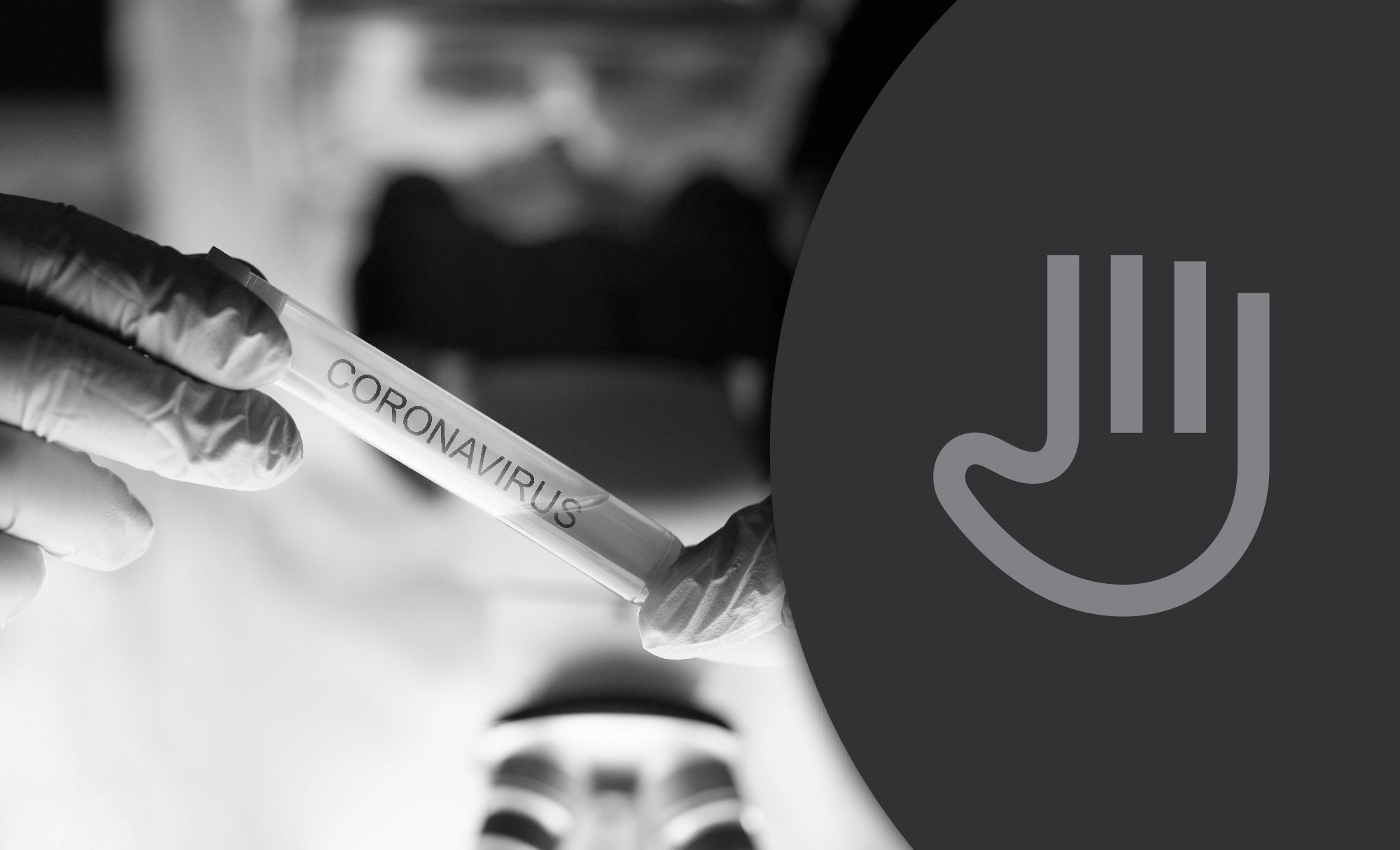Following the outbreak of the Novel Coronavirus (COVID-19), which was traced back to illegally traded wildlife at the Huanan seafood market in Wuhan City, China in December 2019, the World Health Organisation (WHO) has been closely monitoring the growing emergence of this new Virus.
At its meeting on January 30, 2020(1), the WHO upgraded the outbreak of the Coronavirus (COVID-19) as a ‘‘Public Health Emergency of International Concern’ (PHEIC).
Since the outbreak in December, there have been more than 80,000 confirmed cases in China and over 3,000 deaths as a result. To see the latest statistics click here.
Outside China, infections have spread to over 50 countries, including Italy, South Korea, Iran, the US, Canada, France, Germany and the UK.
But so far, ninety percent of the deaths have been in mainland China - with Italy and Iran having a related death toll at over 100 per country.
Symptoms of Coronavirus (COVID-19)
Previously unknown, it seems the impact is largely respiratory with symptoms including:
- Fever
- Dry Cough
- Shortness of Breath
In more severe cases, infection can cause pneumonia, severe acute respiratory syndrome, kidney failure and even death.
Protective Measures to Minimise Spreading of Coronavirus (COVID-19)
The WHO has published guidelines on recommended measures to help contain the spread of Coronavirus (3), focusing on "hand and respiratory hygiene".
That essentially means washing hands or using disinfectants and covering one's mouth and nose when coughing or sneezing.
Advice for Healthcare Workers
The WHO has produced guidance on infection prevention and control (IPC) strategies for use when infection with a Novel Coronavirus (COVID-19) is suspected (4).
This guidance is intended for healthcare workers (HCWs), healthcare managers and IPC teams at the facility level, but it is also relevant for the national and district/provincial level.
Standard precautions include hand and respiratory hygiene and the use of appropriate personal protective equipment (PPE)
Advice includes:
- HCW’s should use a medical mask
- HCW’s should wear eye protection or facial protection (face shield)
- HCW’s should use gloves
- After patient care, appropriate doffing and disposal of all PPE’s is required and hand hygiene carried out
- Equipment should be either single use and disposable or dedicated equipment
Using Gloves to Prevent Infection
Under its Guidance, the WHO recommends that where examination or surgical gloves are used by HCWs they should be:
- Examination - nitrile, powder-free, non-sterile. Cuff length preferably reach mid-forearm (e.g. minimum 280mm total length. Sizes, S, M, L)
- Surgical - should have long cuffs, reaching well above the wrist, ideally to mid-forearm.
Rising global demand
The World Health Organisation estimates 76 million pairs of examination gloves will be required every month to respond to the pandemic.
Unigloves Solutions
As a global leader in single use gloves for a range of medical and healthcare applications, Unigloves has a number of glove solutions suitable for HCWs in line with WHO guidelines.
These include:
To discuss specific glove requirements speak to the Unigloves team by contacting 0800 049 6602 or emailing enquiries@unigloves.co.uk
References
- https://www.bbc.co.uk/news/world-51235105
- https://www.who.int/news-room/detail/03-03-2020-shortage-of-personal-protective-equipment-endangering-health-workers-worldwide
- https://www.who.int/emergencies/diseases/novel-coronavirus-2019/advice-for-public
- https://www.who.int/publications-detail/infection-prevention-and-control-during-health-care-when-novel-coronavirus-(ncov)-infection-is-suspected-20200125

